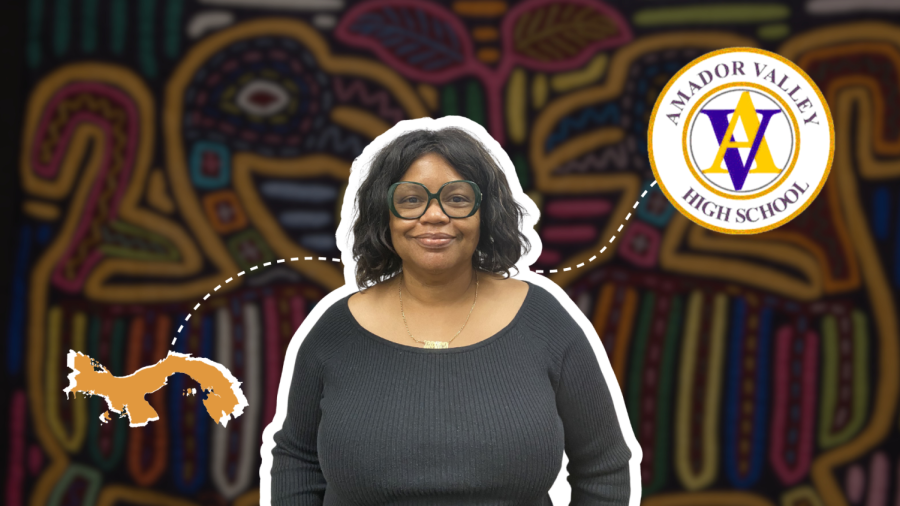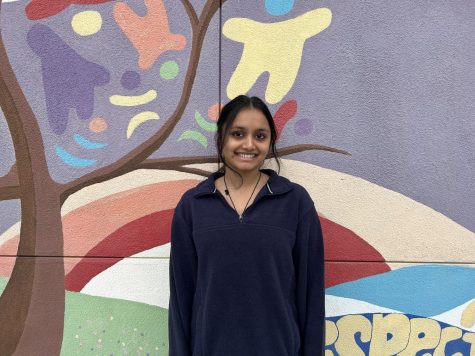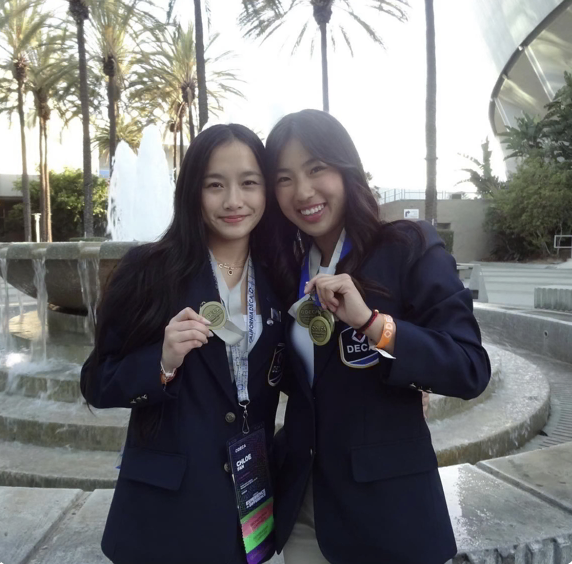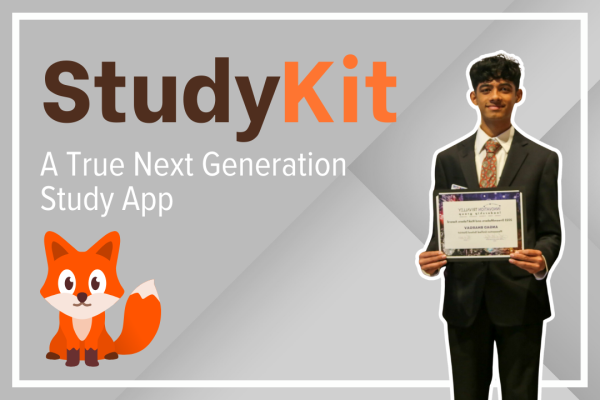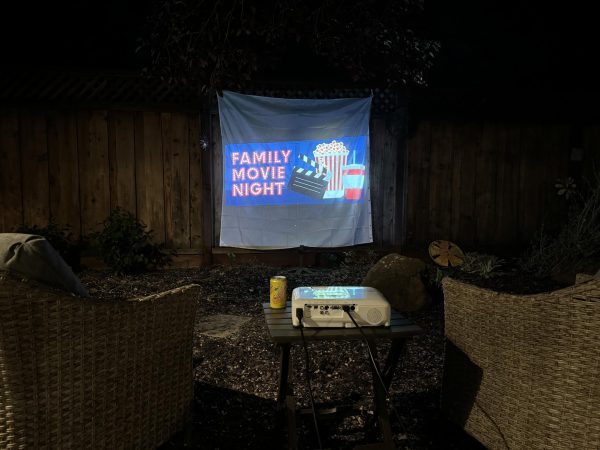Teacher Spotlight: Karen Lord-Eyewe’s journey to teaching Spanish at Amador
Maestra Karen Lord-Eyewe teaches AP Spanish and Spanish II at Amador, helping students learn the language while sharing her culture. (Photo edited by Tejasvini Ramesh)
May 17, 2023
Karen Lord-Eyewe, or as students call her, Maestra Eyewe, began teaching Spanish at Amador Valley in early 1996. She moved to the United States for college, from Panama, and navigated through the education system before becoming a teacher herself.
Eyewe has always had a love for teaching. She began her career in administration in the educational field, specifically for bilingual programs. Once she became a mother, she decided to join a job as a teacher in the classroom so she could be closer to her children, who at the time were also school-going kids.
“When we moved to Delaware, I was working in administration for bilingual programs. I had to find somebody to take care of the kids during snow days in Michigan. So I thought I’ll just go into the classroom because that way we would be off from work at the same time,” said Eyewe.
Beginning a journey
Her career journey included administrating and teaching in different states before arriving in California. She began her career teaching English in Delaware and soon after, she began teaching Spanish. When the position opened at Amador, she decided to teach AP Spanish Language and Culture alongside Spanish II.
“A former student that I had who moved to Delaware said, I should apply where [he] went to high school, and the high school happened to be Amador. So I came to Amador and I applied at the district office. They called me within 24 hours and then I interviewed for several positions and I was accepted in early 1996,” said Eyewe.
Eyewe’s first classroom job was teaching English to students from different countries. With her experience leading bilingual programs, she was able to help these students learn English for the first time. Some of her lessons included comprehension, grammar and basic vocabulary. After a while, she decided to switch to teaching Spanish so she could stay with the same group of kids for a longer period of time. 
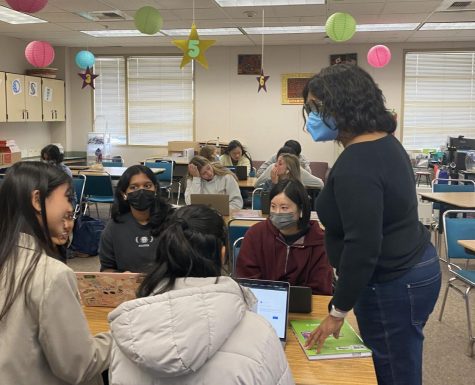
“One of my reasons for teaching Spanish was that it was hard to continue teaching ESL because more and more students came in from different countries, and they all were placed in the same classroom, but all had varying levels of English comprehension, and so it was difficult since there wasn’t much support. Then I thought, okay, then I’ll just teach Spanish [to] a group of kids and then move with those students all at the same age,” said Eyewe.
Supporting students
As an AP Spanish teacher, Eyewe aims to educate her students in engaging and creative ways. From presentations to group projects, her teaching involves aspects of traditional and contemporary methods.
“We did a lot of hyperdocs so it wasn’t like reading off the textbook and just doing work but more about learning through different websites and galleries, so it wasn’t just boring because you could learn in different ways,” said Anvi Bejjanki (‘23).
Not only do students enjoy her classes, but her former students have learned a lot from their time in AP Spanish 4. Even throughout the pandemic, Eyewe never failed to teach her students the true meaning of learning a language; that it was about speaking and connecting with others, not simply being grammatically correct.
“I always thought of Spanish as something to be grammatically correct in but AP Spanish taught me that you just have to speak as if you’re speaking to someone who’s speaking Spanish to you. Maestra Eyewe would always give us situations where we just spoke to her in Spanish the entire time and it was okay to make mistakes because that’s how you learn a language,” said Aniruddha Chipllunkar (‘23).

